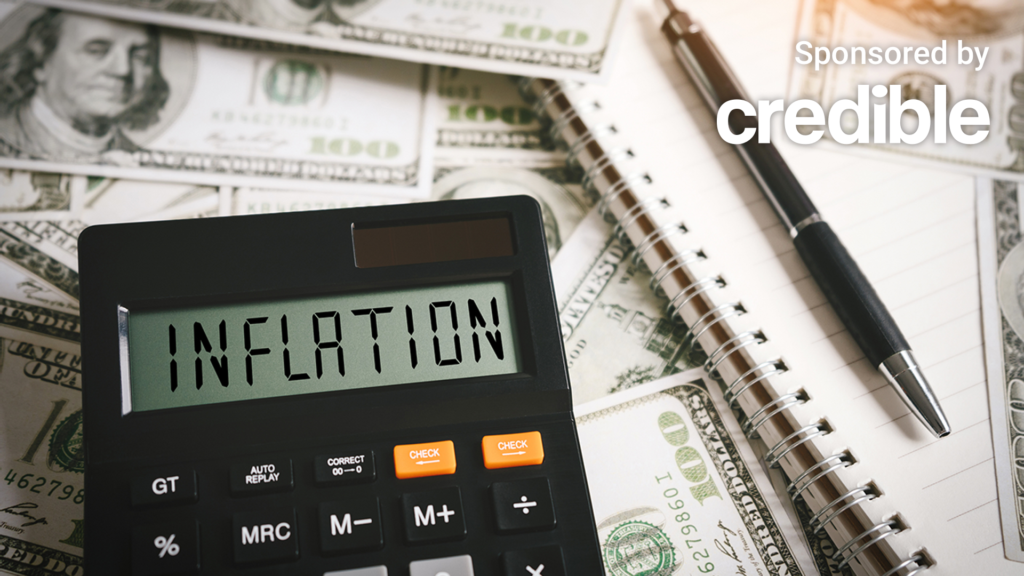The Bureau of Labor Statistics (BLS) reported significant changes in U.S. inflation rates, with the annual inflation rate falling below 3% for the first time in over three years, dropping to 2.9% in July from 3.1% in June. This monthly change indicated a modest rise of 0.2% in prices after a slight decrease the previous month. Core inflation, which disregards volatile food and energy prices, also grew by 0.2% in the same period. While these numbers suggest inflation is nearing the Federal Reserve’s target of 2%, the persistent high costs of essential goods, particularly shelter, are noteworthy. Shelter costs surged by 0.4% in July and represented 90% of the overall monthly inflation increase, having risen over 5% annually. However, it is anticipated that these costs may decline in the coming months.
The slow but steady downtrend in inflation could prompt the Federal Reserve to consider interest rate cuts, potentially during their September meeting. Analysts are optimistic, with CoreLogic Chief Economist Selma Hepp highlighting that the reduced pace of price increases indicates the effectiveness of the Fed’s monetary policies. This shift is expected to present some relief for American consumers, particularly in terms of borrowing costs for auto and home sales. Consequently, individuals burdened by high inflation might consider personal loans to refinance existing debts at lower rates, effectively managing their monthly expenditures.
In the context of auto insurance, there seems to be a glimmer of hope for consumers as rates, which had previously soared due to inflation-driven repair costs, are reportedly beginning to stabilize. Josh Damico, Vice President of Insurance Operations at Jerry’s, noted that although consumer car insurance costs saw a considerable increase of 18.6% in July, there is a positive shift as several insurance carriers are reassessing their rates and some have started to lower them. This development could signify a turning point, suggesting that American drivers might soon experience relief from these costs, providing some much-needed respite after a prolonged period of financial strain.
Mortgage rates are similarly trending in a favorable direction, influenced by encouraging economic indicators and the Fed’s anticipated easing of its monetary policy. A decline in mortgage rates, coupled with an increase in housing inventory, is expected to boost the market for prospective homebuyers and offer refinancing opportunities for current homeowners. Ralph McLaughlin, Senior Economist at Realtor.com, expressed a belief that this environment will create favorable conditions for homebuyers, as anticipated downward pressure on mortgage rates in the fall and winter could facilitate a more robust housing market moving into 2025.
Given the complexities of the current economic landscape, consumers are encouraged to remain proactive in monitoring and comparing mortgage rates and insurance options. Utilizing platforms like Credible can provide insights and help individuals find the best financial products tailored to their needs without negatively impacting their credit scores. As the economy evolves, those looking to secure lower rates on personal loans, mortgages, or insurance are advised to take advantage of available resources that help in comparing various financial options.
In summation, while inflation remains a concern, there are clear signs of stabilization and potential relief in specific sectors such as auto insurance and mortgage rates. The Federal Reserve’s actions and the general market trends suggest an environment that might become more conducive to consumers, offering opportunities for financial relief as key costs begin to level out. This could pave the way for improved economic conditions in the near future, allowing households to manage their finances more effectively amidst the prevailing economic challenges.

